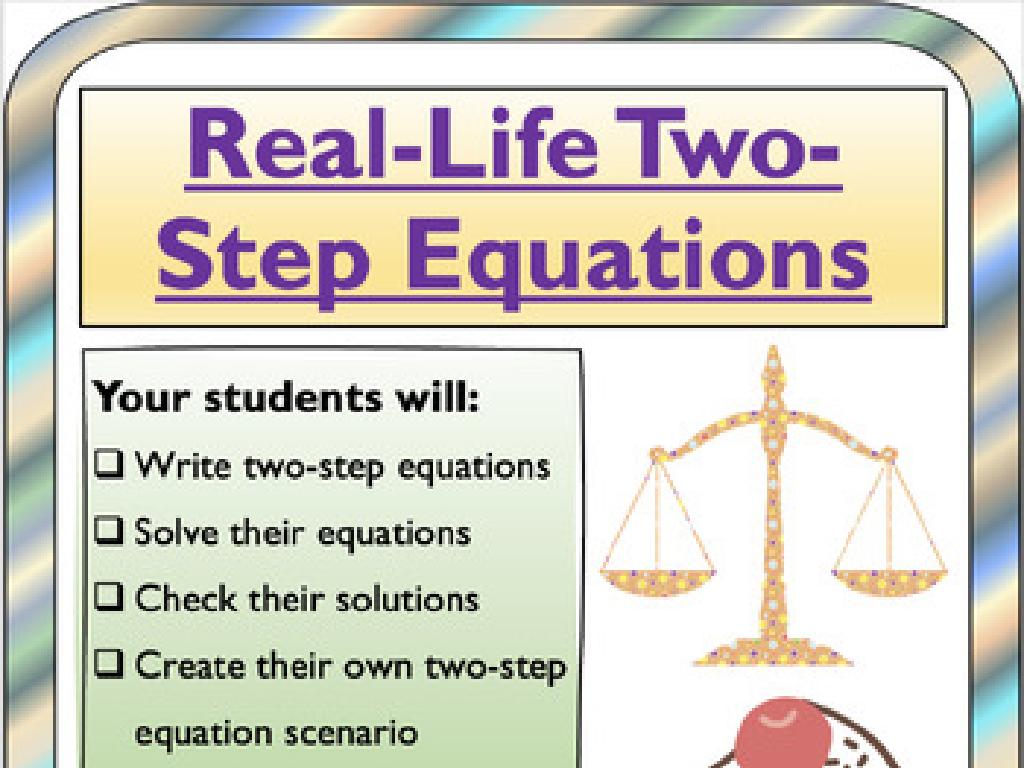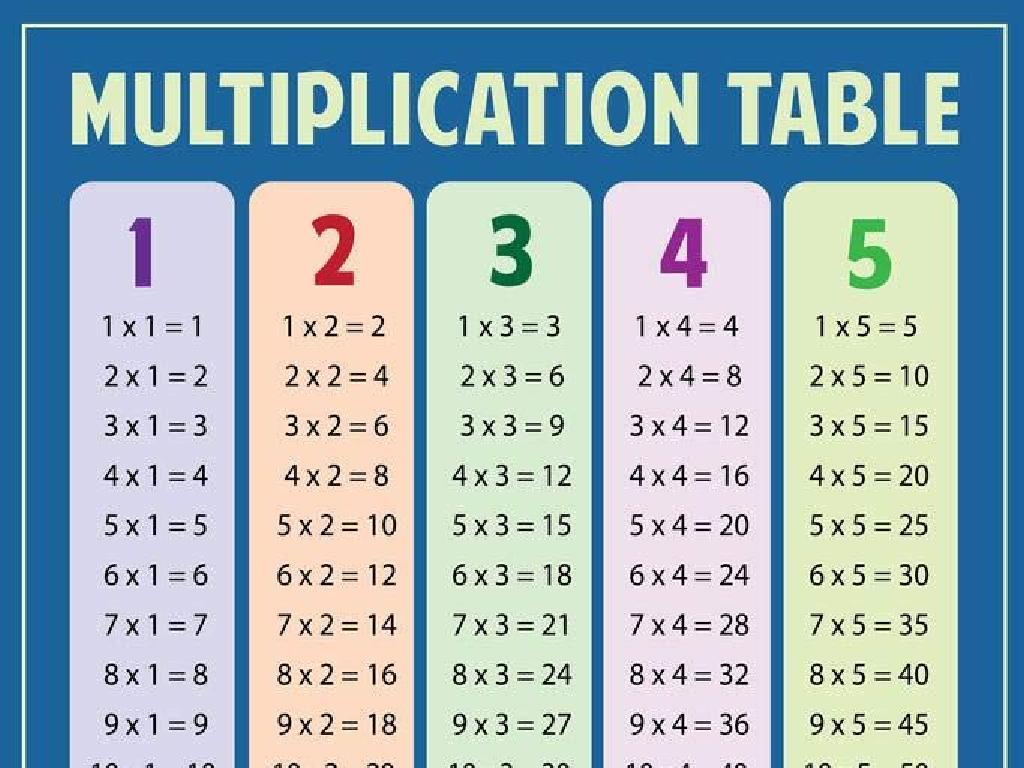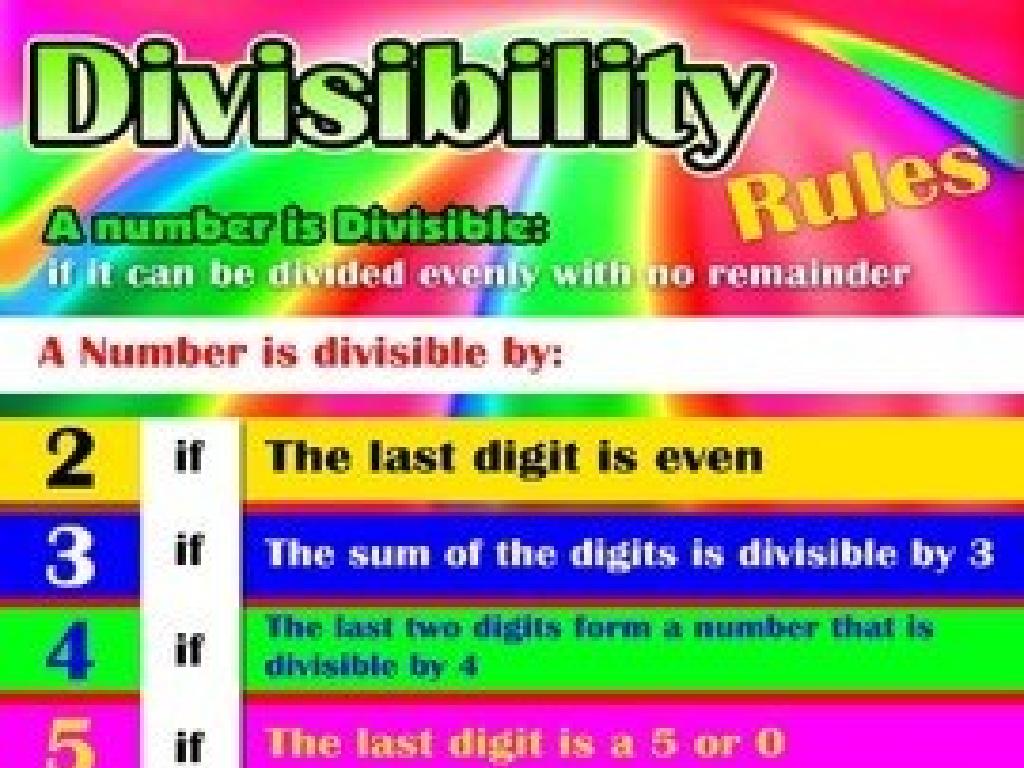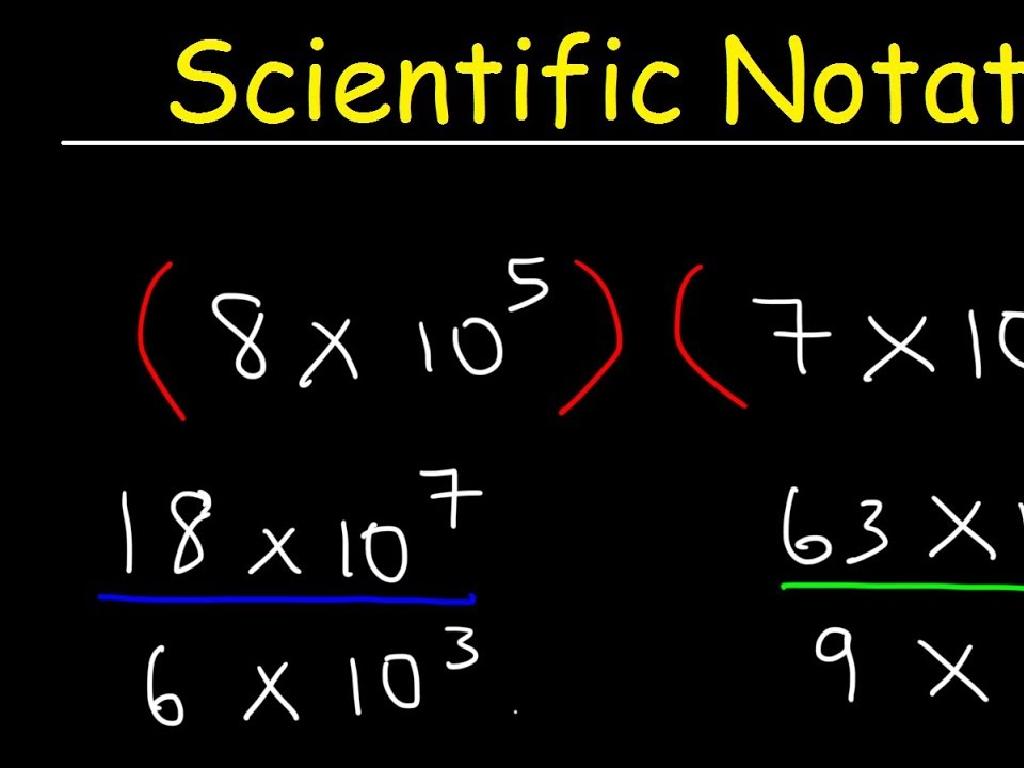Suggest Appropriate Revisions
Subject: Language arts
Grade: Seventh grade
Topic: Editing And Revising
Please LOG IN to download the presentation. Access is available to registered users only.
View More Content
Welcome to Editing and Revising!
– Editing vs. Revising: What’s the difference?
– Editing: correcting grammar/spelling. Revising: improving content/structure.
– The importance of revising in writing
– Revising enhances clarity, flow, and interest in writing.
– Today’s Objective: Suggesting revisions
– Learn techniques to identify areas for improvement.
– Practice: Revise a sample paragraph
|
This slide introduces the concepts of editing and revising, highlighting the differences between the two. Editing involves making corrections to spelling, grammar, and punctuation, while revising is a deeper process that focuses on enhancing the content, structure, and flow of writing. Emphasize the importance of revising as a means to refine ideas and arguments, making the writing more compelling and coherent. The learning objective is to equip students with the skills to suggest meaningful revisions to their own or peers’ writing. Include an interactive component where students practice revising a sample paragraph to apply what they’ve learned.
The Art of Revising Your Writing
– Understanding the concept of revising
– Revising means enhancing content and structure for clarity and flow
– Revising goes beyond spelling and grammar
– Focus on the overall coherence, not just minor errors
– Examples of effective revising strategies
– Clarify ideas, reorganize paragraphs, develop characters/themes
– The impact of revising on writing
– Revising improves the depth and engagement of your writing
|
Revising is a crucial step in the writing process that involves re-evaluating and improving the overall structure and content of a piece of writing. It’s not just about fixing spelling and grammar mistakes; it’s about taking a step back and looking at the big picture. Encourage students to ask themselves if their ideas are clear, if the organization of their paragraphs makes sense, and if they have fully developed their characters or themes. Provide examples of how revising can transform a piece of writing from good to great by enhancing clarity, coherence, and depth. Emphasize that revising is an opportunity to refine their expression and better engage their readers.
The Art of Editing in Writing
– Editing: Correcting the basics
– Focus on grammar, spelling, punctuation
– Aim for clarity and accuracy
– Ensure writing is easily understood
– Editing comes after revising
– Revise content first, then edit
– Essential for polished writing
|
Editing is a crucial step in the writing process where students focus on correcting grammatical errors, spelling mistakes, and improper punctuation. It’s essential for making their writing clear and error-free. Emphasize that editing is different from revising; while revising involves reworking the content and structure of writing, editing is about fine-tuning the language used. It’s important to teach students to always edit their work after revising to ensure their final draft is polished and professional. Provide examples of common errors to look for and correct during the editing process.
How to Suggest Revisions
– Read the text thoroughly
– Understand every part before suggesting changes
– Grasp the main idea and purpose
– What is the author trying to say or achieve?
– Offer kind, constructive feedback
– Feedback should be positive and aim to improve the work
– Use text examples for suggestions
– Point to specific areas in the text when giving advice
|
This slide is aimed at teaching students the process of suggesting revisions in a peer’s writing. Emphasize the importance of reading the text carefully to fully understand the content and the writer’s intent. Discuss how to identify the main idea and purpose of the text, which is crucial for providing relevant feedback. Encourage students to always be respectful and aim to support their peers in improving their work. Teach them to provide specific examples from the text to clearly communicate their suggestions. Role-playing or peer review sessions can be effective in practicing these skills.
Strengthening Your Writing: Revision Strategies
– Identify weak or unclear arguments
– Look for claims that lack support or confusing statements.
– Enhance paragraph coherence
– Use transition words and topic sentences to connect ideas smoothly.
– Choose vivid words for descriptions
– Swap out common words with more specific, descriptive ones.
– Organize text for better flow
– Arrange ideas logically; consider the reader’s journey through your text.
|
This slide aims to guide students through the process of revising their writing to improve clarity and impact. Start by identifying parts of the text where the argument doesn’t come across strongly or where there might be confusion. Teach students to look for evidence that supports their claims and to clarify their reasoning. Discuss the importance of coherence within paragraphs, showing how to use transitional phrases and clear topic sentences to link ideas. Encourage the use of vivid and precise language to create engaging descriptions. Finally, talk about the organization of the text, emphasizing the need for a logical structure that enhances the reader’s understanding and keeps them engaged. Provide examples of before and after revisions to illustrate these points.
Class Activity: Peer Review Session
– Pair up and exchange drafts
– Write down revision suggestions
– Note areas for improvement like clarity, structure, and grammar
– Discuss feedback constructively
– Share ideas kindly and consider different perspectives
– Focus on strengthening the writing
– Think about word choice, flow, and overall message
|
This activity is designed to foster collaborative learning and critical thinking. Students will learn the value of constructive criticism and the importance of revision in the writing process. Teachers should monitor the pairs to ensure that feedback is given in a positive and helpful manner. Encourage students to look beyond surface errors and consider deeper aspects of writing such as tone, voice, and argument strength. Provide a feedback guide if necessary to help students give comprehensive reviews. After the activity, have a class discussion about the peer review process and its benefits.
Conclusion & Homework: Mastering Revisions
– Review key revision strategies
– Homework: Revise a short essay
– Choose an essay draft you’ve written
– Use today’s lesson for guidance
– Apply strategies from our lesson to improve your essay
– Share your work next class
– Be ready to present your revised essay for peer review
|
As we wrap up today’s lesson on suggesting appropriate revisions, remind students of the key strategies discussed: looking for clarity, coherence, and conciseness in their writing. For homework, they should select a short essay draft and revise it using the techniques learned. Encourage them to focus on one aspect at a time, such as strengthening their thesis statement, varying sentence structure, or improving word choice. In the next class, students will have the opportunity to share their revised essays and receive constructive feedback from their peers, which will further refine their editing skills and foster a collaborative learning environment.






